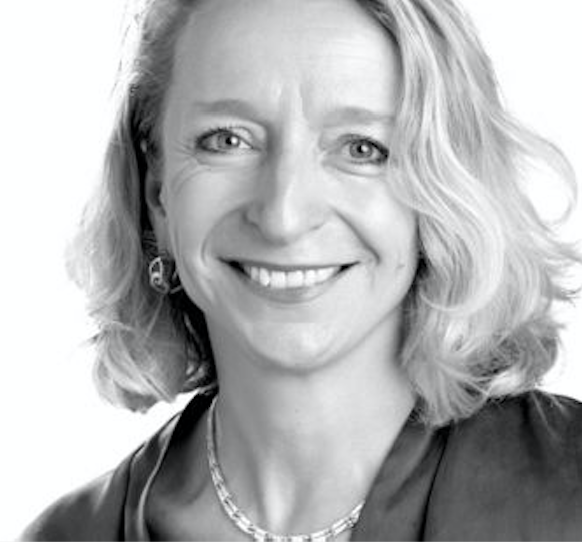
The role of friends and family members in the life of vulnerable individuals has long been an issue that a wide variety of cultures have had to tackle.
As Yrwan, our young guide, leads us towards a volcano on the small Indonesian island of Flores, he explains how families are structured in his community. In families with multiple children, parents designate a boy or girl at birth. This child grows up knowing that he or she will be in charge of taking care of the parents when it becomes necessary. Parents raise their children, but they switch roles later in life when parents require assistance in their old age.
Many healthcare systems incorporate family members in patient care. This approach is promulgated in Muslim cultures, where a term is used to describe the compassion, respect, and even patience one has for his or her parents: bir.
China features a more authoritarian version of this same approach. Since 2013, the law has been used to correct children who flout the 24 rules of filial piety listed in texts that date back to the thirteenth cen-tury. According to the newspaper La Croix, a 77-year-old grandmother even won a suit on the matter. As a result, her daughter was ordered to visit her at least once every two months and during at least two Chinese festivals and holidays. The law for the “protection of the elderly” had been passed just before the trial against a backdrop of decreasing family unity, which the government is determined to combat.
It’s clear that the role of friends and family members in the life of vulnerable individuals has long been an issue that a wide variety of cultures have had to tackle. The Swiss healthcare system is no exception.
However, family members are too often a temporary presence in a hospitalised patient’s care plan. Their role is ill-defined, if they are involved at all.
However, due to the rise of chronic disease and an ageing population, close friends and family members are increasingly becoming experts in the pathology of their parent, partner, or friend.
This is well understood by the Department of Health and Social Action (DSAS), and its Social Insurance and Housing Department, which has long been involved in in-depth studies of the subject and is developing many initiatives for caregivers. The General Psychiatry Service of the Department of Psychiatry understands this dynamic well and has created a number of initiatives as well as a new position: the friends and family health liaison. Hospitals should follow this example and learn to integrate this new key player into their treatment plans if they want to fully account for their patients’ complexity and uniqueness.

Béatrice Schaad, Chief editor